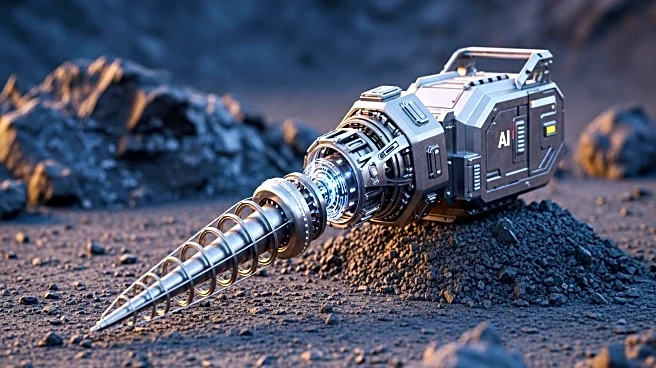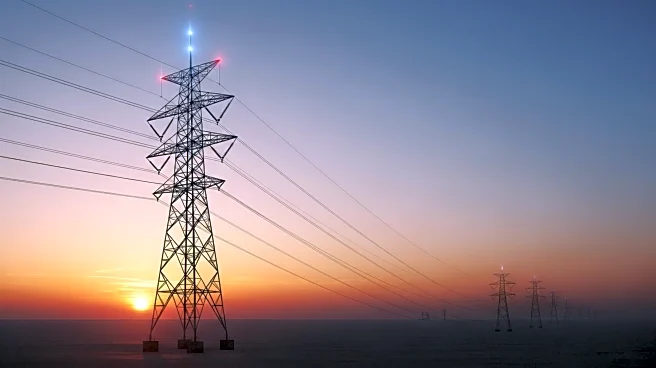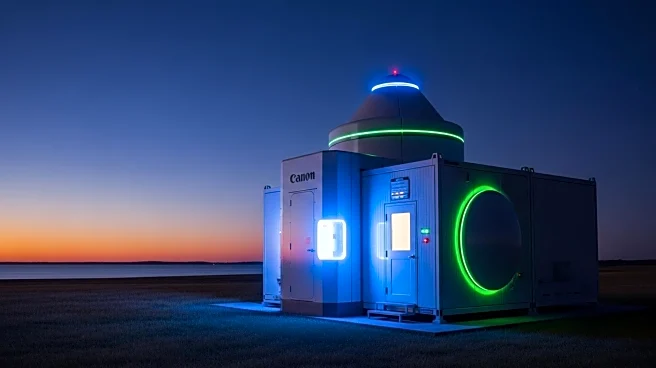What's Happening?
The U.S. is being called to establish a national nuclear fuel recycling strategy as part of its nuclear energy expansion efforts. With advanced reactors moving from concept to construction and federal policies supporting nuclear power growth, a sustainable approach to nuclear fuel is deemed necessary. The U.S. currently has over 90,000 metric tons of commercial used nuclear fuel stored at 73 sites, with significant untapped energy potential. Recent executive orders mandate assessments of recycling strategies, and several companies are already pursuing pilot programs and facilities to address this issue.
Why It's Important?
Developing a national nuclear fuel recycling strategy is crucial for maximizing the efficiency and sustainability of nuclear energy in the U.S. Recycling used nuclear fuel can unlock additional energy resources, reduce the volume and radioactivity of waste, and extend uranium resources. This approach could also lower repository costs and long-term stewardship demands. However, challenges such as securing materials like plutonium and managing high costs remain. A successful strategy could enhance the U.S.'s nuclear security stance and support its leadership in global nuclear energy.
What's Next?
The Department of Energy is tasked with proposing a national recycling policy by January 18, 2026. This report will need to address legislative and regulatory changes, update economic models, and ensure the strategy aligns with U.S. nuclear security standards. The outcome could influence future investments in nuclear energy and recycling technologies, potentially leading to more sustainable and secure energy solutions. The strategy's success will depend on careful planning and addressing past challenges that hindered similar efforts.










